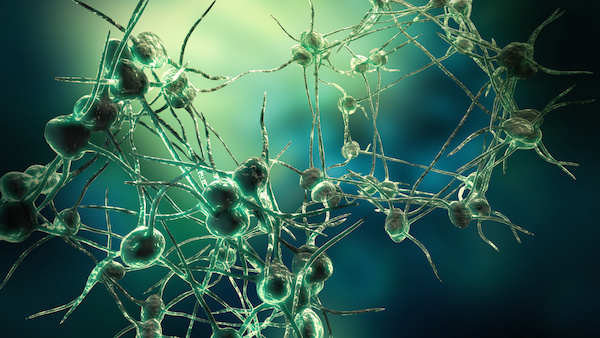
FRIDAY, Aug. 17 (HealthDay News) — Sediment in the rivers, streams and lakes of Minnesota contains antimicrobial compounds from personal care products, such as soaps, disinfectants and sanitizers, according to the results of a statewide study.
Researchers from Arizona State University found the active ingredients in these products — triclosan and triclocarban — were detected in all samples taken upstream and downstream of wastewater treatment plants. They noted that these ingredients are known as “endocrine disruptors,” chemicals that interfere with hormones, and that they persist in the environment.
“This study underscores the extent to which additives of antimicrobial consumer products are polluting freshwater environments in the U.S.; it also shows natural degradation processes to be too slow to counter the continuous environmental release of these . . . chemicals,” Rolf Halden, professor in the Ira A. Fulton School of Sustainable Engineering and the Built Environment, said in an Arizona State University news release.
Because the chemicals triclosan and triclocarban are absorbed through the skin when used, they contaminate blood, urine and breast milk, and eventually end up in sewage and surface waters, the researchers explained.
To determine the extent of this contamination, the investigators collected freshwater sediment samples from 12 locations upstream and downstream of wastewater treatment plants. The researchers analyzed these samples to see if they contained antimicrobial compounds.
The study revealed that overall concentrations of triclocarban were up to 58 times higher than those of triclosan.
“We were able to detect these two compounds both upstream and downstream of suspected input sources, and the levels of the antimicrobial soap ingredient triclocarban were usually higher compared to triclosan,” the study’s first author, Arjun Venkatesan, an environmental engineering graduate student, said in the news release. “Although triclosan is used in a larger number of formulations and personal care products, we found triclocarban to be more abundant in freshwater environments.”
The researchers concluded that because the antimicrobial compounds were found both upstream and downstream of the wastewater treatment plants, there are likely many sources contributing to the pollution of the water at the sites studied.
There was also a strong association between the level of contamination with the discharge from the treatment plants, stream flow and the number of people living in the area, they noted.
“Municipalities in Minnesota and across the U.S. work hard using state-of-the-art equipment to keep our freshwater environments clean but they cannot control what consumers, misled by aggressive marketing, discharge into the sewage collection system,” said Halden.
The study authors pointed out that Minnesota is not alone. Wherever products containing antimicrobials are used, the water and sediments are contaminated. They cautioned that uncontrolled used of these compounds could contribute to antibiotic resistance.
“Regulatory agencies are aware of the overuse of antimicrobials but no state or federal restrictions have been implemented yet for either triclosan or triclocarban,” said Halden. “Aside from ecological concerns, widespread environmental occurrence of antimicrobials also is a potential public health concern because unwarranted use of antimicrobials can promote drug resistance of human pathogens.”
The best way to limit the pollution of the environment is to limit the use of unnecessary antimicrobial personal care products, the researchers suggested.
More information
The U.S. Centers for Disease Control and Prevention has more about antimicrobial resistance.

